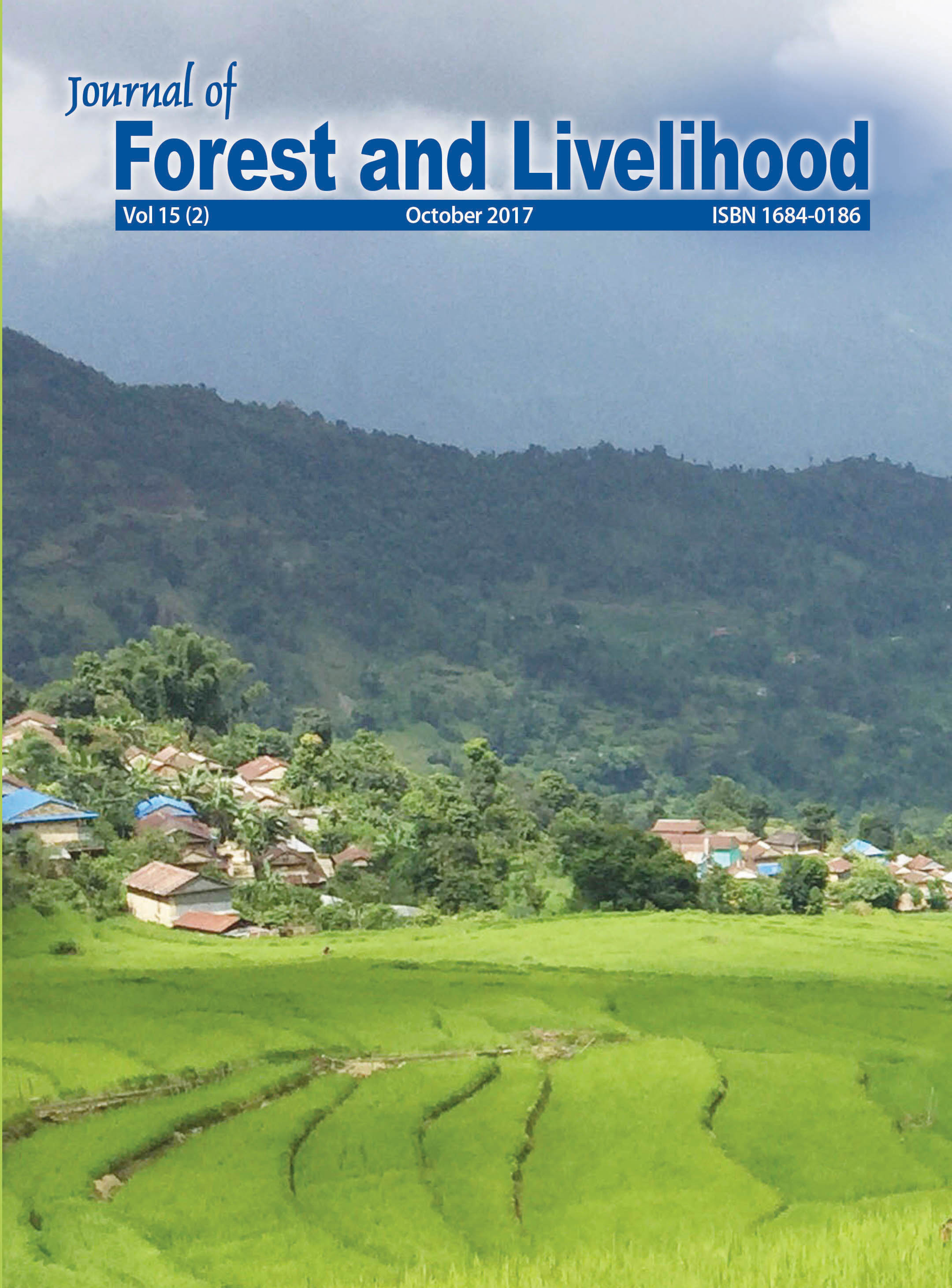Can Nepal Attain Self-Sufficiency in Major Crops Production?
Keywords:
Agriculture production, import, Nepal, rice productionAbstract
Nepal has been pursuing free market trade policies since the 1950s, focusing in agricultural sector, which contributes more than 33 per cent to Gross Domestic Product (GDP) and employs more than 50 per cent of labor force directly and indirectly. India imposed an unofficial quasi-blockade in 2015 and was accused of shipping perishable agricultural goods but cooking gas and gasoline shipment were halted. This resulted in prices of agricultural produces and products to skyrocket. This paper categorically investigates the importance of four major crops, rice, wheat, maize and barley in Nepalese diet and using rice, as a choice crop, investigates what level of increase in yield will be able to offset total imports. Rice followed by maize contributes the most for both, calorie and protein, in Nepalese diet. An ex-post analyses shows that for rice, modest yield increase of 7 per cent (based on CIGAR data) or 14 per cent (based on FAO data) should have offset all the imports. Furthermore, comparative analysis of fertilizer use and price showed that on average Indian counterparts used more fertilizers and received higher prices for rice compared to Nepalese farmers.
Downloads
Downloads
Published
How to Cite
Issue
Section
License
Copyright (c) 2018 ForestAction

This work is licensed under a Creative Commons Attribution-NonCommercial 4.0 International License.
CC-BY-NC: This license allows reusers to distribute, remix, adapt, and build upon the material in any medium or format for noncommercial purposes only, and only so long as attribution is given to the creator.





